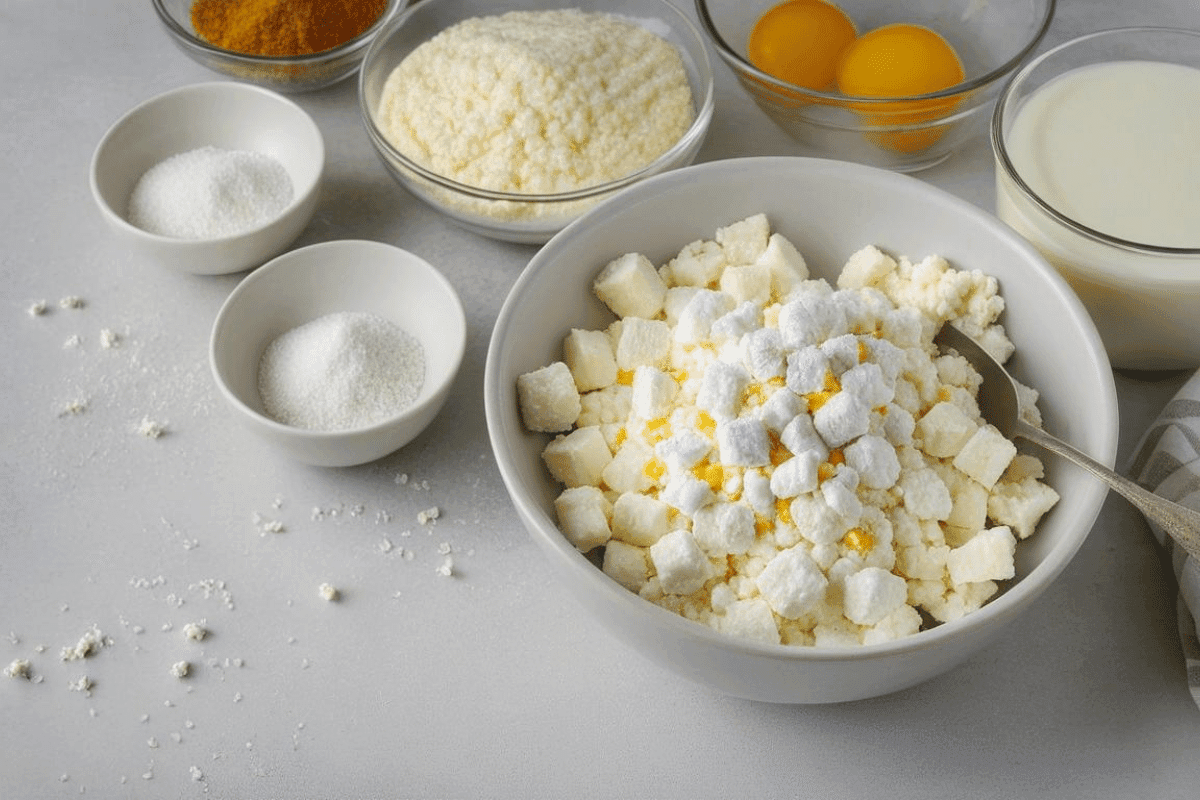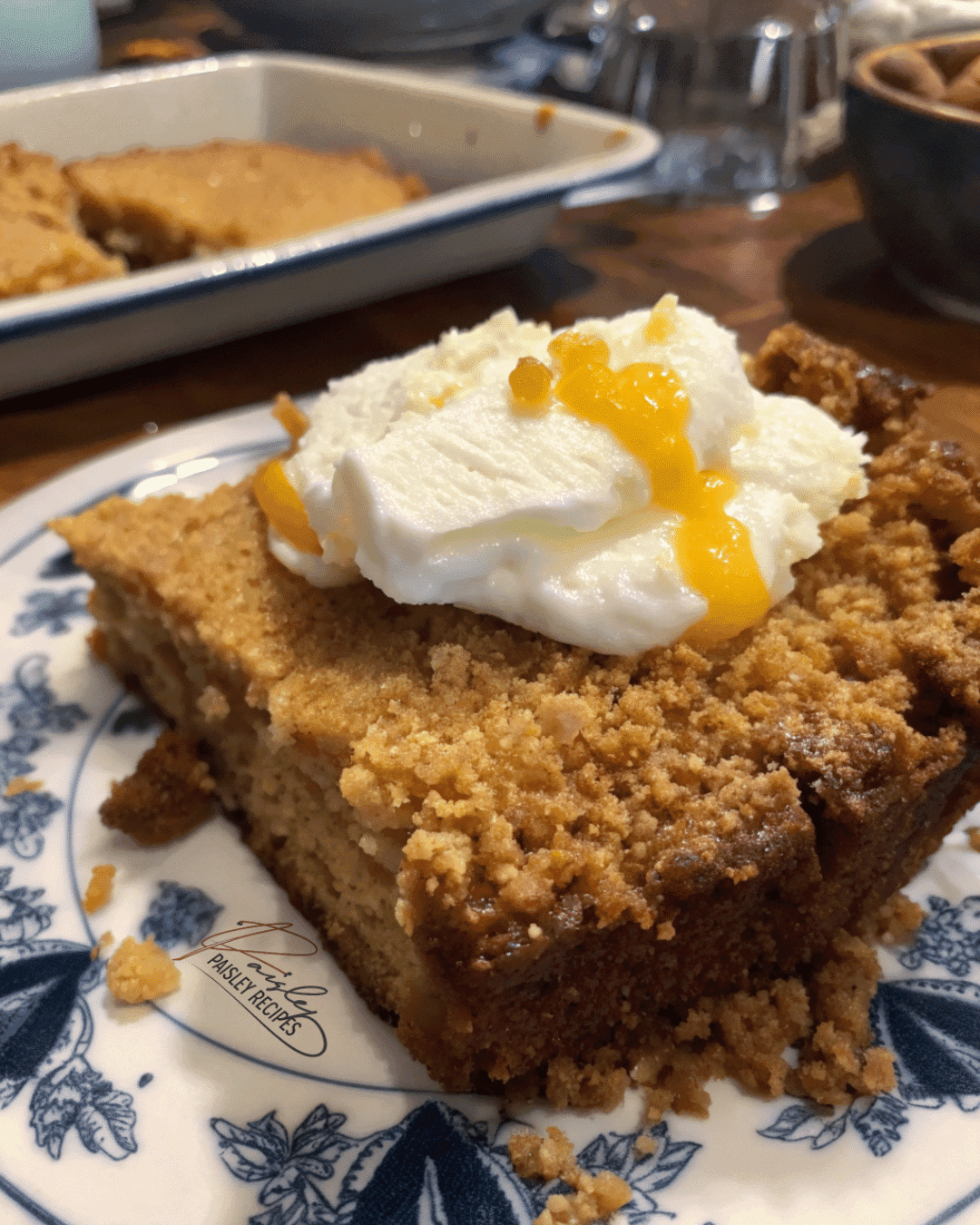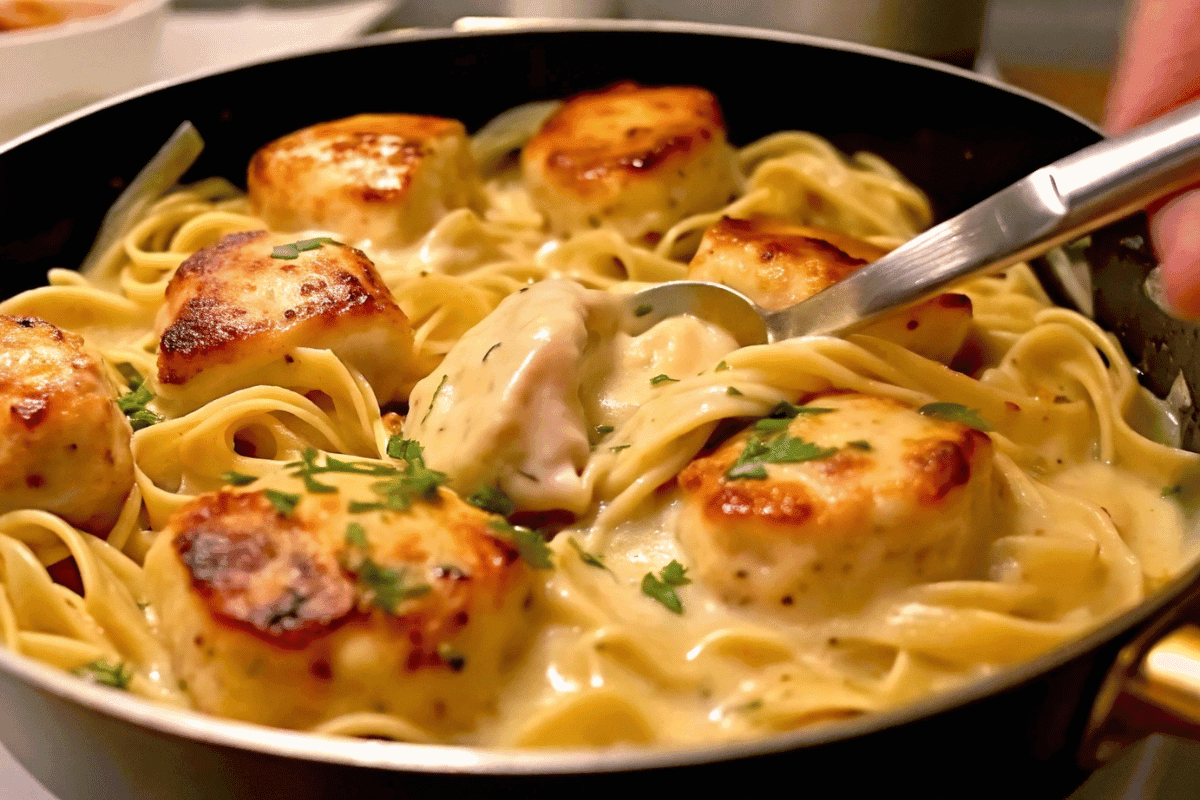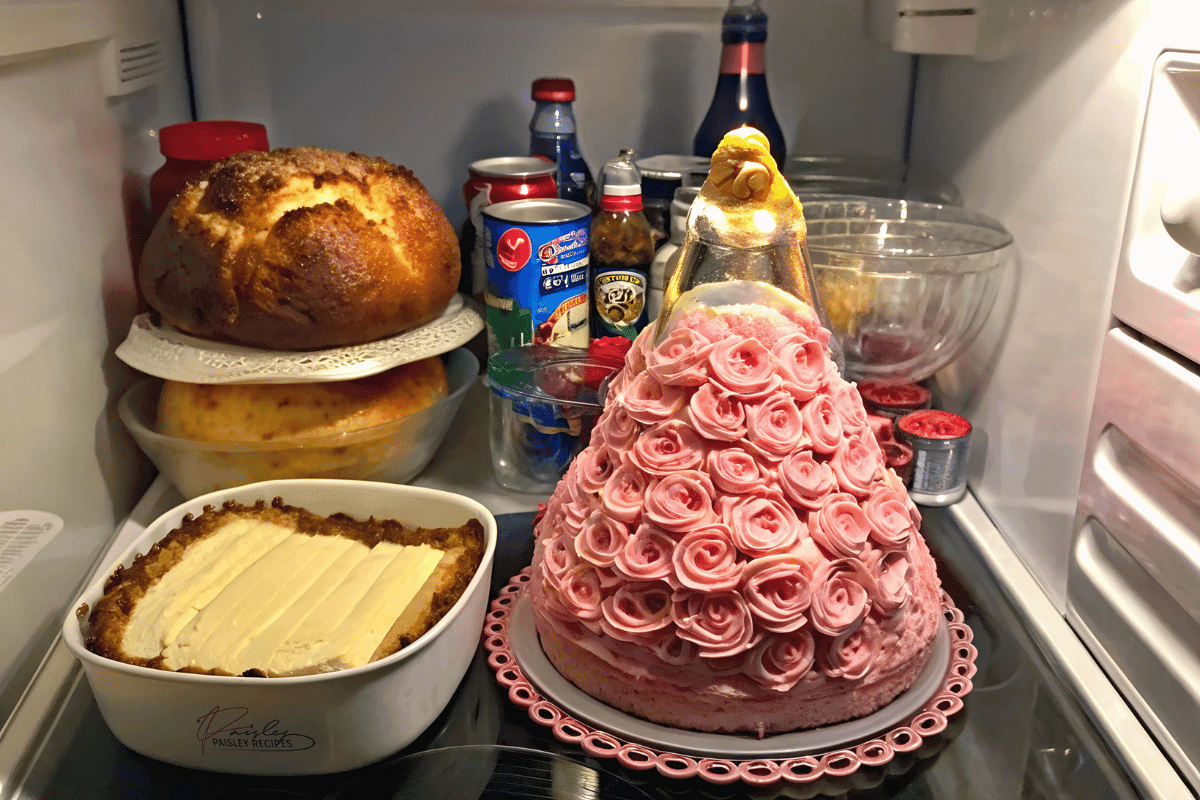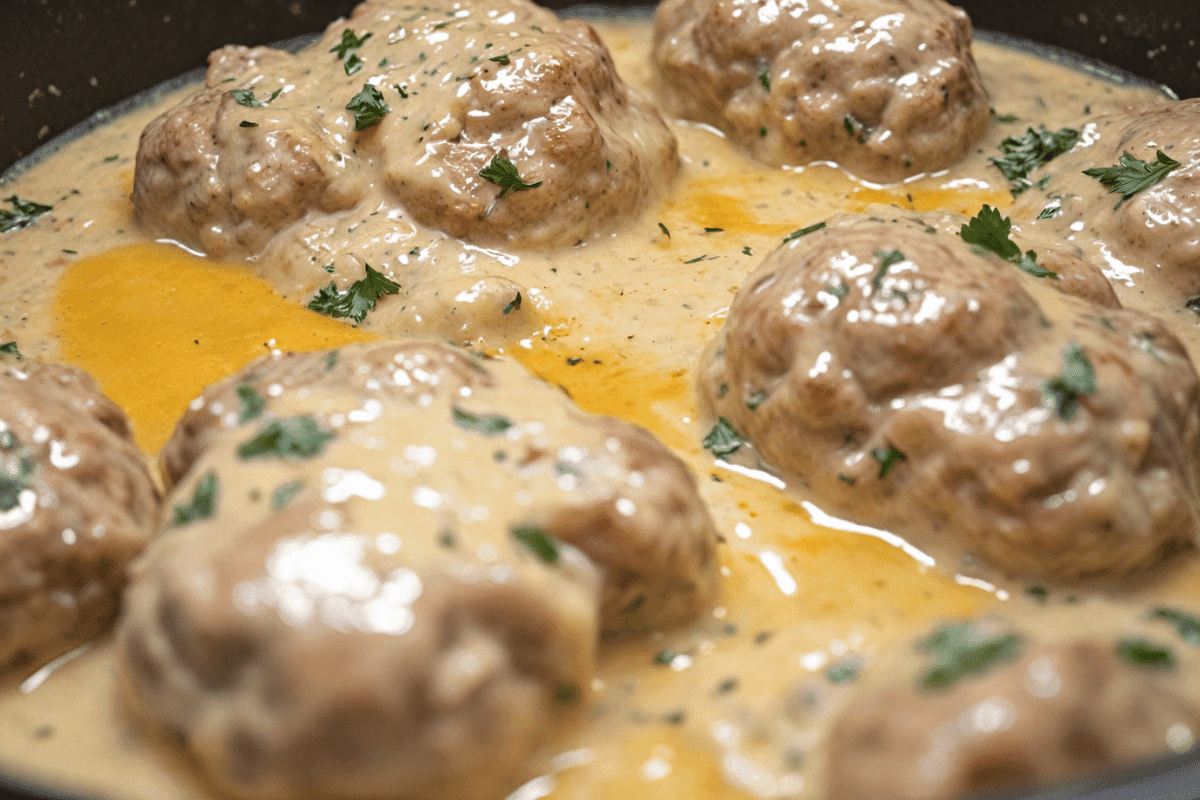Introduction to Cottage Cheese Recipes
Cottage cheese is a versatile, protein-packed ingredient that can transform your meals in exciting ways. Whether you’re a busy parent looking for quick and nutritious snacks, a health-conscious individual trying to stay fit, or a foodie interested in creative ways to enjoy wholesome foods, cottage cheese recipes are a must-try. With its mild flavor and creamy texture, cottage cheese seamlessly blends into a variety of dishes, from savory breakfasts to sweet desserts. Plus, it’s incredibly simple to use, making it perfect for those who need to whip up something quick and healthy.
This article will explore the best cottage cheese recipes that you can easily incorporate into your daily routine. Not only are these recipes delicious, but they are also loaded with health benefits. Cottage cheese is rich in calcium, low in carbs, and high in protein, making it ideal for anyone pursuing a balanced diet. Let’s dive into the world of cottage cheese recipes and discover how this humble ingredient can elevate your meals.
Benefits and Advantages of Cottage Cheese Recipes
Why should you consider incorporating cottage cheese recipes into your cooking repertoire? The benefits are numerous. Here are some compelling reasons why cottage cheese is a fantastic choice for your meals:
- High in Protein, Low in Calories: Cottage cheese is one of the best protein sources you can find in a dairy product. A single serving offers around 25 grams of protein and only 200 calories, making it a great choice for those looking to build muscle, lose weight, or maintain a healthy diet. Protein is essential for muscle repair, immune function, and overall health.
- Rich in Essential Nutrients: Cottage cheese is packed with essential vitamins and minerals, including calcium, phosphorus, and vitamin B12. Calcium is vital for strong bones and teeth, while vitamin B12 supports brain health and helps produce red blood cells.
- Versatility in Cooking: Cottage cheese recipes are highly adaptable. You can use cottage cheese in everything from breakfast dishes like pancakes and smoothies to savory lunches such as salads and casseroles. Its subtle flavor pairs well with both sweet and savory ingredients, making it a versatile addition to a variety of meals.
- Weight Loss Friendly: Cottage cheese is low in fat and carbs, making it ideal for people on weight loss programs or those following low-carb or keto diets. Its high protein content also helps with satiety, which can reduce hunger and curb cravings.
- Perfect for Quick Meals: If you’re always on the go or don’t have much time to prepare meals, cottage cheese recipes are a lifesaver. Whether you’re whipping up a cottage cheese salad or stirring it into pasta, these meals can be ready in minutes, allowing you to stay nourished without spending too much time in the kitchen.
- Supports Gut Health: Cottage cheese contains probiotics—beneficial bacteria that promote gut health. Probiotics help balance the gut microbiome, improving digestion, boosting immunity, and even enhancing mood.
Incorporating cottage cheese recipes into your routine can provide a range of benefits, from health improvements to culinary creativity. It’s a simple, yet powerful ingredient that adds both nutrition and flavor to your meals.
Ingredients Overview
Essential Ingredients for Cottage Cheese Recipes
Cottage cheese recipes often use a simple, wholesome selection of ingredients, making them easy to prepare. Here’s a breakdown of the essential ingredients you’ll need for the most popular cottage cheese dishes:
- Cottage Cheese: Naturally, cottage cheese is the star of these recipes. Opt for full-fat, low-fat, or fat-free versions depending on your dietary preferences. Full-fat cottage cheese is creamier, while low-fat or fat-free options are lighter and lower in calories.
- Fresh Fruits: For sweet recipes, fresh fruits such as berries, peaches, and bananas are often paired with cottage cheese to create a refreshing and nutritious meal. Fruits add natural sweetness and extra fiber, making it perfect for a balanced diet.
- Vegetables: For savory dishes, common vegetables like cucumbers, tomatoes, and avocados make great additions. Vegetables not only enhance the flavor but also provide an added nutrient boost.
- Honey or Maple Syrup: If you’re making a sweet cottage cheese dish, a drizzle of honey or maple syrup can add a touch of natural sweetness without adding too many calories.
- Nuts and Seeds: Almonds, walnuts, flaxseeds, and chia seeds add crunch and healthy fats to your cottage cheese recipes, increasing satiety and adding a layer of texture to your meals.
- Herbs and Spices: For savory versions, fresh herbs like dill, chives, and parsley can elevate the taste of cottage cheese, while spices such as paprika, black pepper, and cumin add depth of flavor.
- Whole Grains: Quinoa, oats, and whole grain bread are great to combine with cottage cheese for heartier meals. These grains add fiber and help make your dish more filling.
Dietary Substitutions to Customize Your Cottage Cheese Recipes
Cottage cheese recipes are highly customizable, which makes them perfect for various dietary needs. Here are some substitutions you can try to make your meals even healthier or more aligned with specific dietary preferences:
- Vegan Option: While cottage cheese itself is a dairy product, you can substitute it with plant-based cottage cheese alternatives made from soy or almond milk. These options still provide a good amount of protein and mimic the texture of traditional cottage cheese, making them ideal for vegan recipes.
- Gluten-Free: Most cottage cheese recipes are naturally gluten-free, but be cautious when adding grains like bread or pasta. Opt for gluten-free oats, quinoa, or gluten-free bread if you have a gluten sensitivity or celiac disease.
- Low-Carb or Keto: Cottage cheese is already low in carbs, but to maintain a strict low-carb or keto diet, avoid pairing it with fruits high in natural sugars. Instead, mix cottage cheese with leafy greens, avocado, or low-carb vegetables.
- Lactose-Free: If you’re lactose intolerant, you can find lactose-free cottage cheese at most grocery stores. Alternatively, try plant-based cottage cheese substitutes for a dairy-free option.
- Low-Fat or Fat-Free: For those watching their fat intake, low-fat or fat-free cottage cheese works well in most recipes without sacrificing flavor or texture. This makes it an excellent choice for those looking to reduce calorie intake without compromising nutrition.
These substitutions ensure that cottage cheese recipes can cater to nearly everyone’s dietary preferences, making it an inclusive and flexible option for home cooking.
How to Prepare the Perfect Cottage Cheese Recipe: Step-by-Step Guide
Here’s a step-by-step guide on how to prepare one of the simplest and most versatile cottage cheese recipes: Cottage Cheese & Berry Breakfast Bowl. This nutritious meal is perfect for busy mornings or as a quick snack.
Step 1: Gather Your Ingredients
For this recipe, you’ll need the following:
- 1 cup cottage cheese
- 1/2 cup fresh mixed berries (strawberries, blueberries, raspberries)
- 1 tablespoon honey or maple syrup
- 1 tablespoon chia seeds or flaxseeds
- A handful of almonds or walnuts for added crunch
Step 2: Prepare the Fruit
Wash and slice your berries. You can use any combination of berries depending on what’s in season or available in your kitchen. Strawberries and blueberries are a great choice for their antioxidant content and vibrant flavors.
Step 3: Assemble the Bowl
Start by scooping your cottage cheese into a bowl. Spread it evenly so that all the toppings can sit nicely on top.
Step 4: Add the Berries
Layer the mixed berries over the cottage cheese. The combination of sweet and tart berries will complement the mild creaminess of the cottage cheese.
Step 5: Drizzle with Honey or Maple Syrup
To enhance the natural sweetness of the fruit, drizzle a small amount of honey or maple syrup over the top. This adds just the right amount of sweetness without overpowering the fresh flavors.
Step 6: Sprinkle Chia Seeds and Nuts
For added crunch and nutrition, sprinkle chia seeds or flaxseeds on top. These seeds are a great source of omega-3 fatty acids and fiber, making your meal even healthier. Add a handful of almonds or walnuts for extra texture and a boost of healthy fats.
Step 7: Serve and Enjoy
Your Cottage Cheese & Berry Breakfast Bowl is now ready to eat. You can enjoy this meal immediately or pack it in a container for a healthy breakfast on the go.
This simple cottage cheese recipe is a great way to start your day with a meal that’s not only delicious but also full of protein, fiber, and antioxidants.
Mastering Cottage Cheese Recipes: Advanced Tips and Variations
Once you’ve mastered the basic cottage cheese recipes, you can experiment with different variations and advanced techniques to elevate your dishes. Here are a few ideas to try:
- Savory Cottage Cheese Toast: Spread cottage cheese on whole-grain toast and top it with sliced avocado, tomatoes, and a sprinkle of everything bagel seasoning. This makes for a savory, nutrient-dense breakfast or snack.
- Cottage Cheese Smoothie: Blend cottage cheese with fruits like bananas, spinach, and a splash of almond milk for a creamy, protein-packed smoothie. You can also add protein powder for an extra boost.
- Baked Cottage Cheese Casserole: Combine cottage cheese with eggs, spinach, and shredded cheese for a high-protein, low-carb baked casserole. This is a great option for meal prep or family dinners.
- Cottage Cheese Pancakes: Mix cottage cheese with oats, eggs, and a dash of vanilla extract for high-protein pancakes that are perfect for weekend brunches.
Advanced Tip: Use Cottage Cheese as a Cooking Ingredient
Cottage cheese can be used as a replacement for higher-calorie ingredients like ricotta or cream cheese in dishes like lasagna, cheesecake, or dips. It lightens up the recipe while maintaining a creamy texture and adding extra protein.
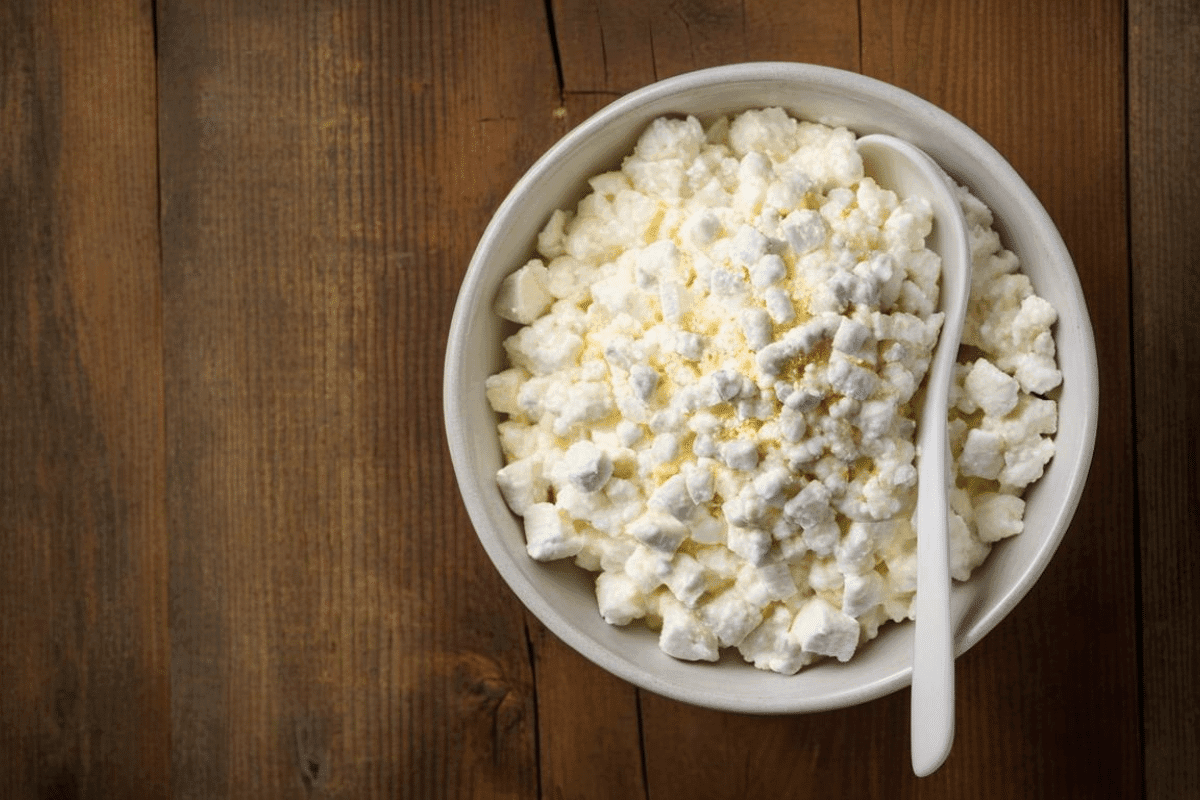
How to Store Cottage Cheese: Best Practices
Proper storage is essential for maintaining the freshness and quality of your cottage cheese recipes. Here’s how to store it correctly:
- Refrigeration: Cottage cheese should always be kept in the refrigerator. Once opened, it’s best to consume within 5–7 days to ensure optimal freshness. Be sure to store it in an airtight container to prevent it from absorbing odors from other foods.
- Freezing: Cottage cheese can be frozen, but the texture may change slightly upon thawing. If you plan to freeze cottage cheese, it’s best used in cooked dishes like casseroles or pancakes rather than eaten plain. Store it in an airtight, freezer-safe container, and thaw it overnight in the refrigerator before using.
- Reheating: Cottage cheese doesn’t reheat well on its own due to its high water content, but when used in cooked dishes, it can be reheated without issue. Be sure to reheat gently to avoid curdling.
Nutritional Value of Cottage Cheese Recipes
Cottage cheese is not only delicious but also packed with nutrients. Here’s a breakdown of the typical nutritional profile of one cup (approximately 225g) of low-fat cottage cheese:
- Calories: 206 kcal
- Protein: 28 grams
- Fat: 9 grams
- Carbohydrates: 6 grams
- Fiber: 0 grams
- Calcium: 227 mg (22% of the recommended daily intake)
- Phosphorus: 303 mg (30% of the recommended daily intake)
- Sodium: 746 mg (31% of the recommended daily intake)
Cottage cheese is rich in protein and low in carbs, making it a great option for those following low-carb, high-protein, or ketogenic diets. Additionally, it’s a good source of calcium, which supports bone health.
FAQs: Frequently Asked Questions about Cottage Cheese Recipes
What do you do with cottage cheese?
There are many ways to enjoy cottage cheese! You can eat it plain, mix it with fruit for a sweet snack, use it as a dip for vegetables, or incorporate it into dishes like pancakes, casseroles, and smoothies. For more ideas on how to use cottage cheese, check out our guide to What do you do with cottage cheese?.
What is the most popular way to eat cottage cheese?
One of the most popular ways to eat cottage cheese is to pair it with fresh fruit. Berries, pineapple, and melon complement the creamy texture of cottage cheese, creating a refreshing and nutritious snack. For more popular cottage cheese recipes, visit our post on What is the most popular way to eat cottage cheese?.
What tastes good mixed with cottage cheese?
Cottage cheese pairs well with a variety of ingredients. For sweet options, mix it with honey, fruits, or cinnamon. For savory dishes, try adding avocado, tomatoes, or fresh herbs like dill and chives. Discover more delicious cottage cheese combinations here : What tastes good mixed with cottage cheese?.
Is cottage cheese healthy or fattening?
Cottage cheese is considered a healthy food because it’s low in calories and high in protein. It also contains important nutrients like calcium and vitamin B12. While some varieties are higher in fat, you can choose low-fat or fat-free options if you’re watching your calorie intake. Learn more about the health benefits of cottage cheese in our detailed nutrition guide.
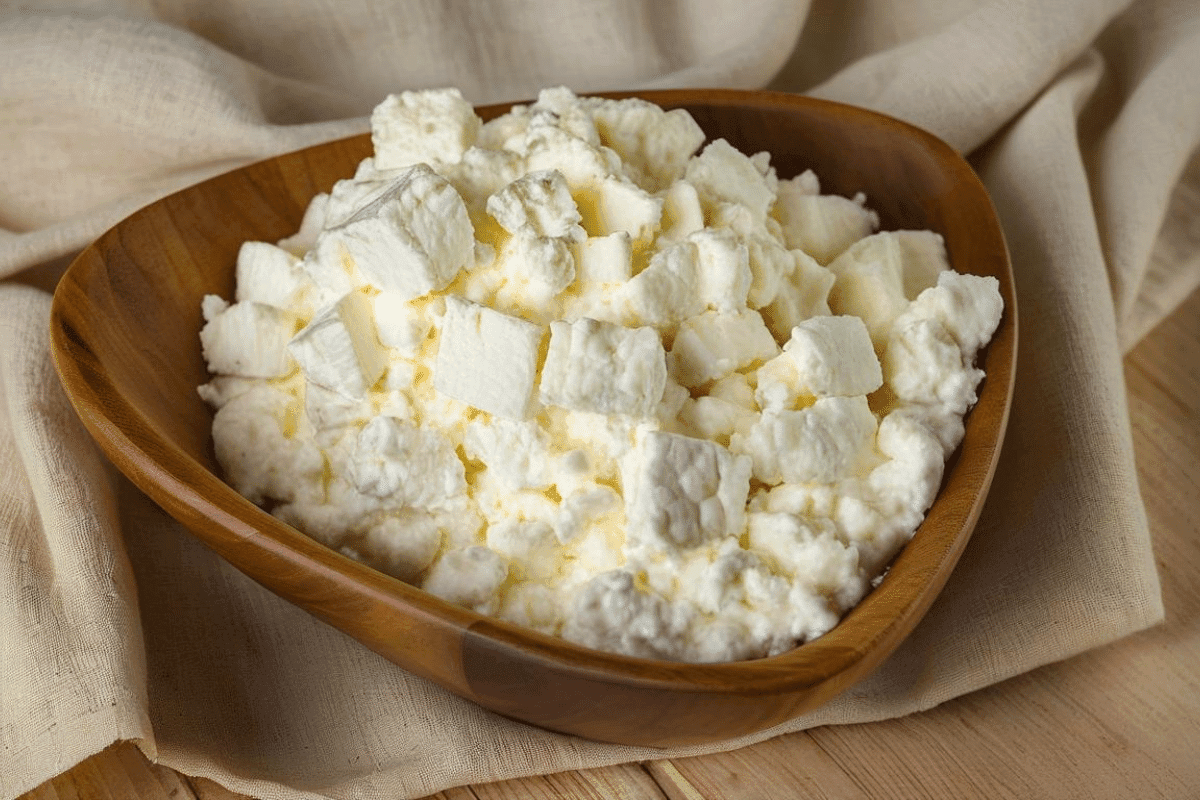
Conclusion
Cottage cheese is a fantastic ingredient that can be used in a wide variety of recipes, offering both health benefits and culinary versatility. Whether you’re looking for a quick snack, a hearty meal, or a low-calorie dessert, cottage cheese recipes can satisfy your cravings while supporting your dietary goals. Start experimenting with cottage cheese today and enjoy the countless ways it can enhance your meals!
Print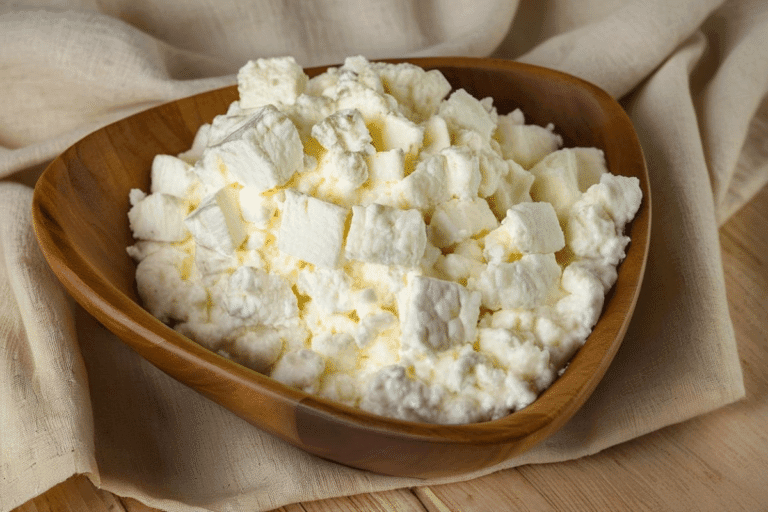
Delicious Cottage Cheese Recipes: Healthy and Easy Ideas for Every Meal
These healthy cottage cheese recipes are versatile, high in protein, and perfect for quick meals. Whether you’re making breakfast, lunch, or a snack, these easy-to-follow recipes are sure to satisfy while keeping your nutrition on track.
- Total Time: 5 minutes
- Yield: 1 serving
Ingredients
- 1 cup cottage cheese
- 1/2 cup mixed berries (strawberries, blueberries, raspberries)
- 1 tablespoon honey or maple syrup
- 1 tablespoon chia seeds or flaxseeds
- A handful of almonds or walnuts
Instructions
- Scoop the cottage cheese into a bowl.
- Wash and slice the berries, then layer them on top of the cottage cheese.
- Drizzle with honey or maple syrup.
- Sprinkle chia seeds or flaxseeds over the top, along with the nuts for added crunch.
- Serve immediately and enjoy!
Notes
- Feel free to swap out the berries for any seasonal fruit.
- For a vegan alternative, use plant-based cottage cheese and maple syrup.
- Add a sprinkle of cinnamon for extra flavor.
- Prep Time: 5 minutes
- Cook Time: 0 minutes
- Category: Breakfast
- Method: Assembling
- Cuisine: American
- Diet: Vegetarian
Nutrition
- Serving Size: 1 bowl
- Calories: 230 kcal
- Sugar: 12g
- Sodium: 450mg
- Fat: 12g
- Saturated Fat: 2g
- Unsaturated Fat: 9g
- Trans Fat: 0g
- Carbohydrates: 15g
- Fiber: 5g
- Protein: 22g
- Cholesterol: 15mg

